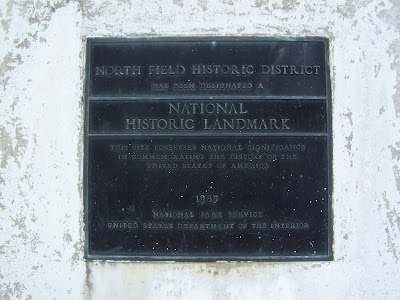After a few days on Saipan, a couple of coworkers and I took the ferry to Tinian, five miles south of Saipan. Tinain, like Saipan, was once a Spanish then a German colony. Japan captured the Mariana Islands from Germany during WWI. Over the next thirty years, Tinian and Saipan were converted into huge sugar cane production colonies and tens of thousands of Japanese colonists moved to the islands. On July 24, 1944, American forces landed on Tinian and executed what would later be called the most successful amphibious landing of all of WWII. Tinian was then transformed into the largest air base in the world for the new B-29 Superfortresses built to bomb Japan. Over 1,000 B-29s were stationed on Tinian alone.

Tinian
Tinian is roughly the same size and shape as Manhattan. The Americans created a huge road network and named all the roads after streets in New York. This was the main road - and still is today - Broadway.

Prewar Japanese shrine
 Another Prewar Japanese shrine at what was once the a terminal on Tinian's railroad
Another Prewar Japanese shrine at what was once the a terminal on Tinian's railroad

Japanese communications bunker. The Americans used it as a slaughterhouse
 Another Japanese shrine
Another Japanese shrine

White Beach - American forces landed on this narrow beach. The Japanese, who expected the Americans to land on the southern beach were totally taken by surprise.

Japanese bunker on White Beach

American landing craft a short distance from White Beach

Part of the North Field complex of 4 huge runways (named Able, Baker, Charlie, and Dog), this was a specially built "Atomic Bomb Pit" designed to hoist a 9,000lb atomic bomb into the belly of a B-29. Today they are covered by a protective glass roof.


Inside one of the pits were pictures of the atomic bomb being lifted into the Enola Gay.


Runway Able
On this lonely 8,000 foot stretch of concrete in August, 1945, two planes took off carrying atomic bombs that were dropped on Hiroshima and Nagasaki


Tinain from the air - you can barely make out runway Able in the center of the picture.
















No comments:
Post a Comment